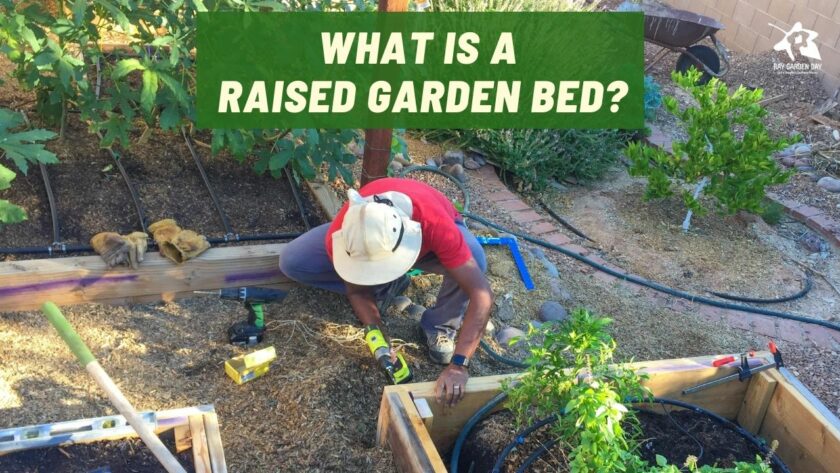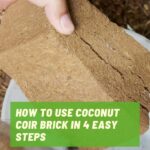What is a raised garden bed? You may ask yourself this question if you are interested in starting a garden but don’t have the space or the right soil conditions. A raised garden bed is simply a gardening practice where the soil is raised above ground level in an enclosed structure. This allows you to overcome any native soil conditions and promotes healthier growth. You can also extend your growing season by using a raised garden bed!
We predominantly grow in raised garden beds which take up a quarter of our entire backyard. We have six raised beds approving 400 Square feet (27 Square meters) of vegetable growing space plus four taller, but smaller footprint raised beds for an avocado tree, a grapefruit tree, a blueberry bush, and a blackberry bush. If there’s a gap for a 2-foot x 2-foot raised bed, I’ll build a raised bed to fit it. Just like a game of Tetris!
Raised garden bed benefits
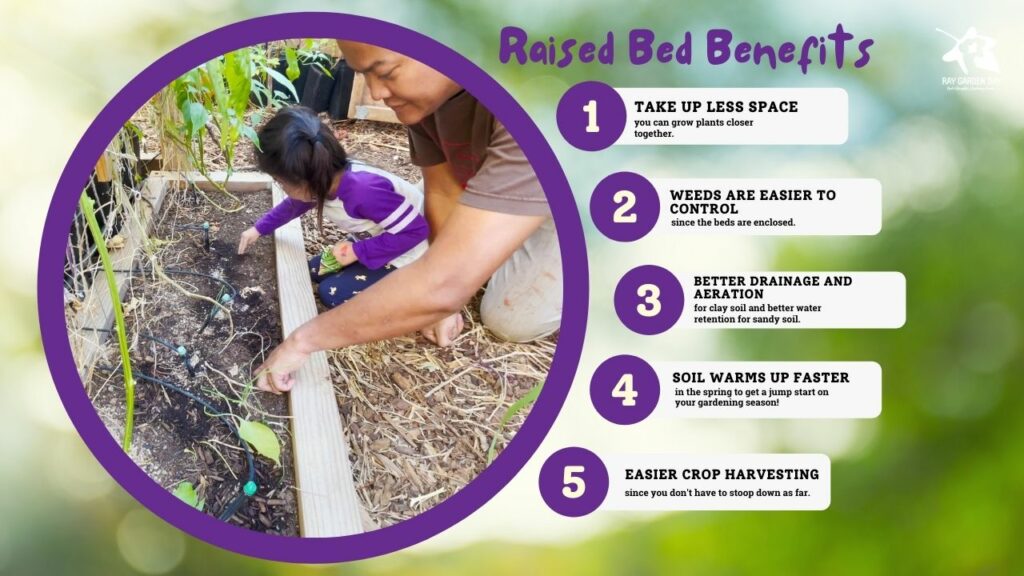
Some benefits to growing in raised garden bed are:
- They take up less space than traditional gardens because you can grow plants closer together.
- Weeds are easier to control since the beds are enclosed.
- Better drainage and aeration for clay soil and better water retention for sandy soil.
- The soil warms up faster in the spring to get a jump start on your gardening season!
- They make harvesting your crops easier since you don’t have to stoop down as far.
- You can easily add amendments to the soil without digging it up.
Common raised bed shapes and designs
Some common raised bed shapes are:
- Four-sided square or rectangular raised beds are the most common and are the easiest to build.
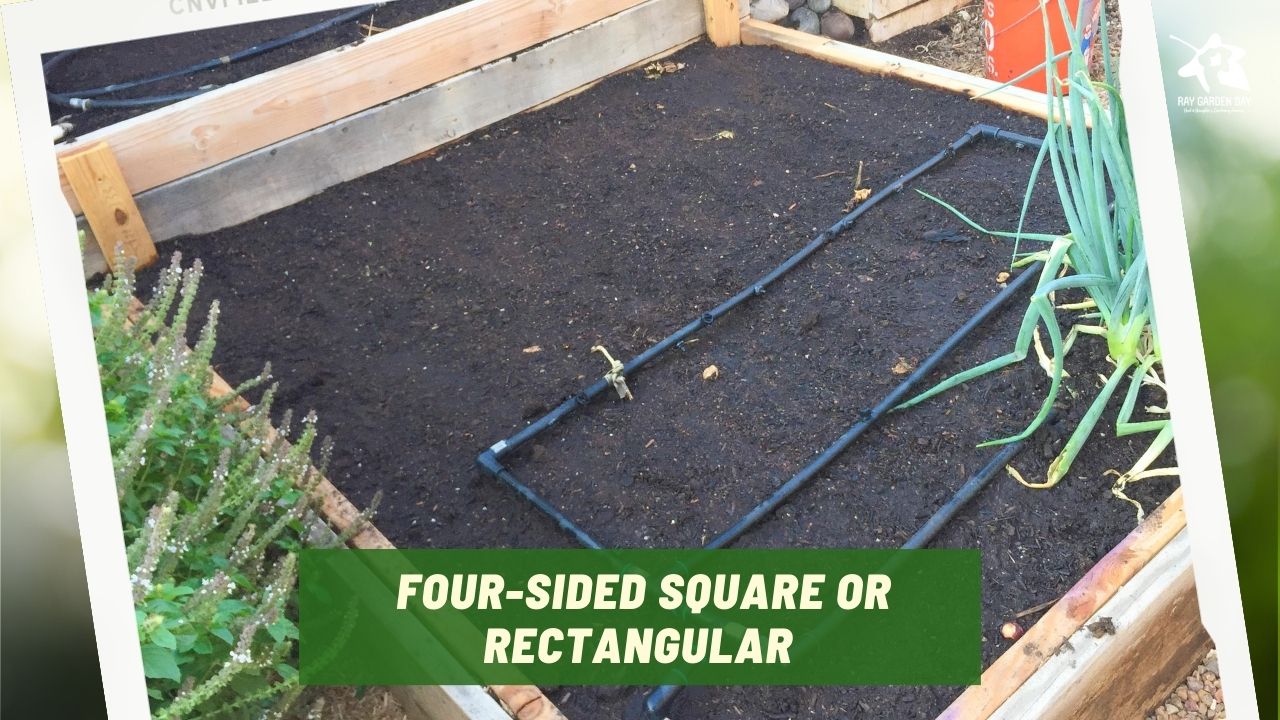
- U-Shaped raised beds are often large wrap-around a path for easier access to the center of the bed.
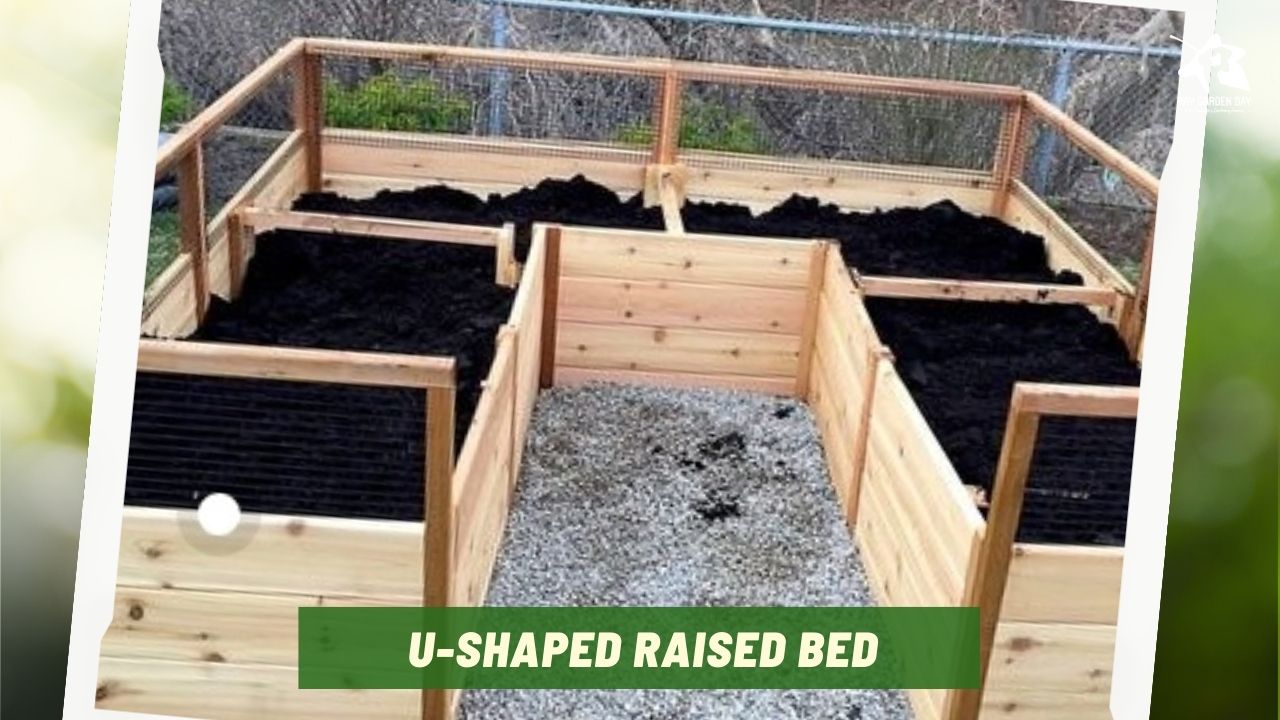
- L-Shaped raised garden beds are ideal for corners without taking up too much space.
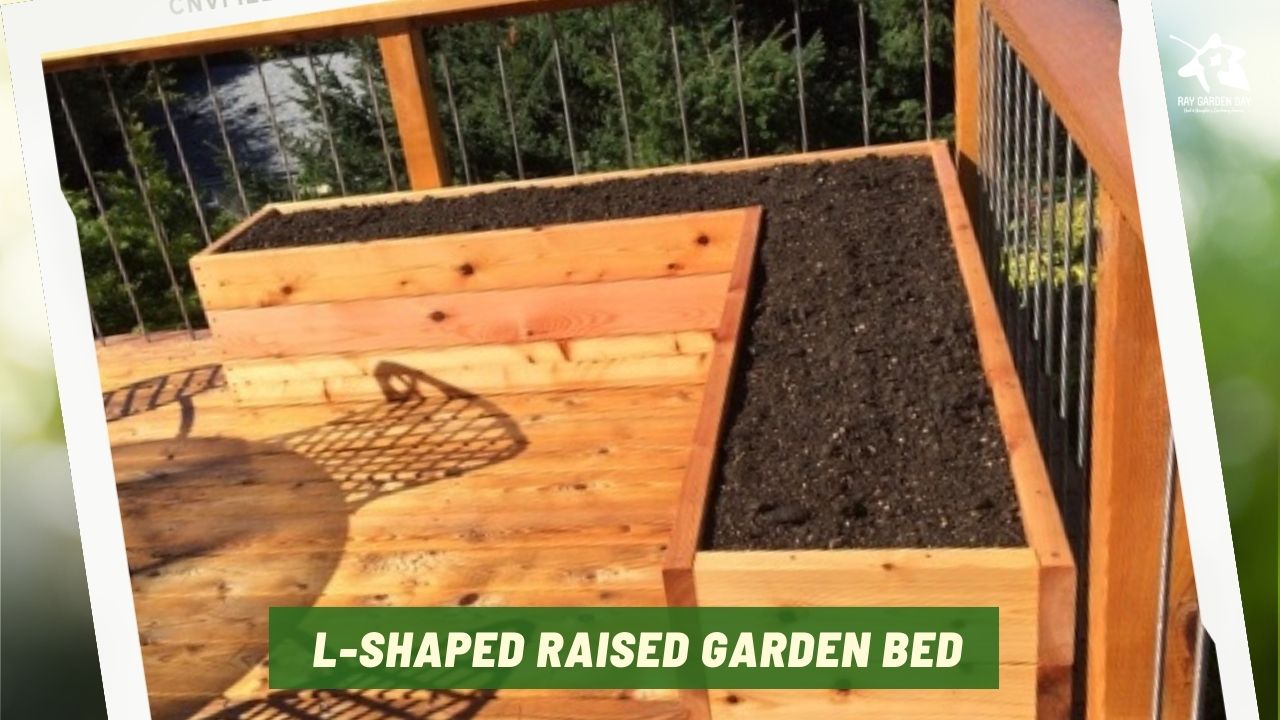 Source: portlandediblegardens.com
Source: portlandediblegardens.com - Hexagon or octagon-shaped beds are perfect for filling odd spaces in your backyard.
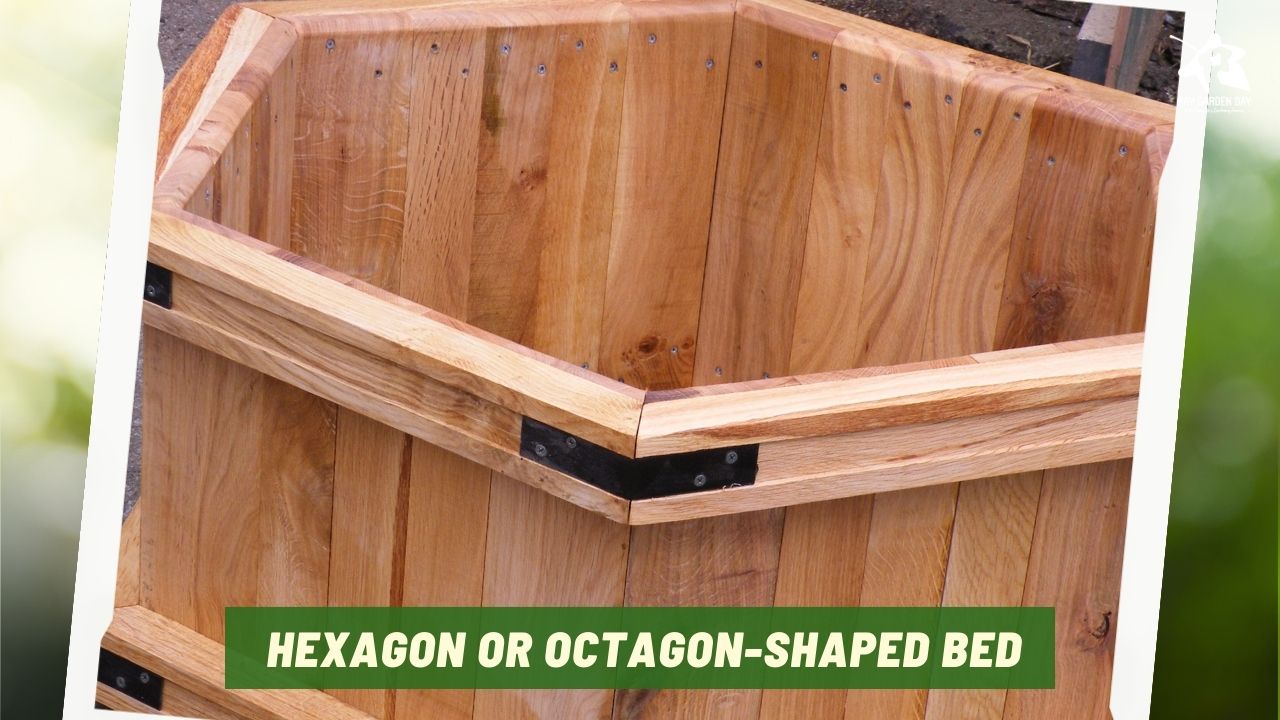 Source: Oak hexagonal planter by Jakebuilt
Source: Oak hexagonal planter by Jakebuilt - Rounded raised beds are often made of metal purchased as a DIY kit but are also available as fabric grow bags or just use landscape rocks.
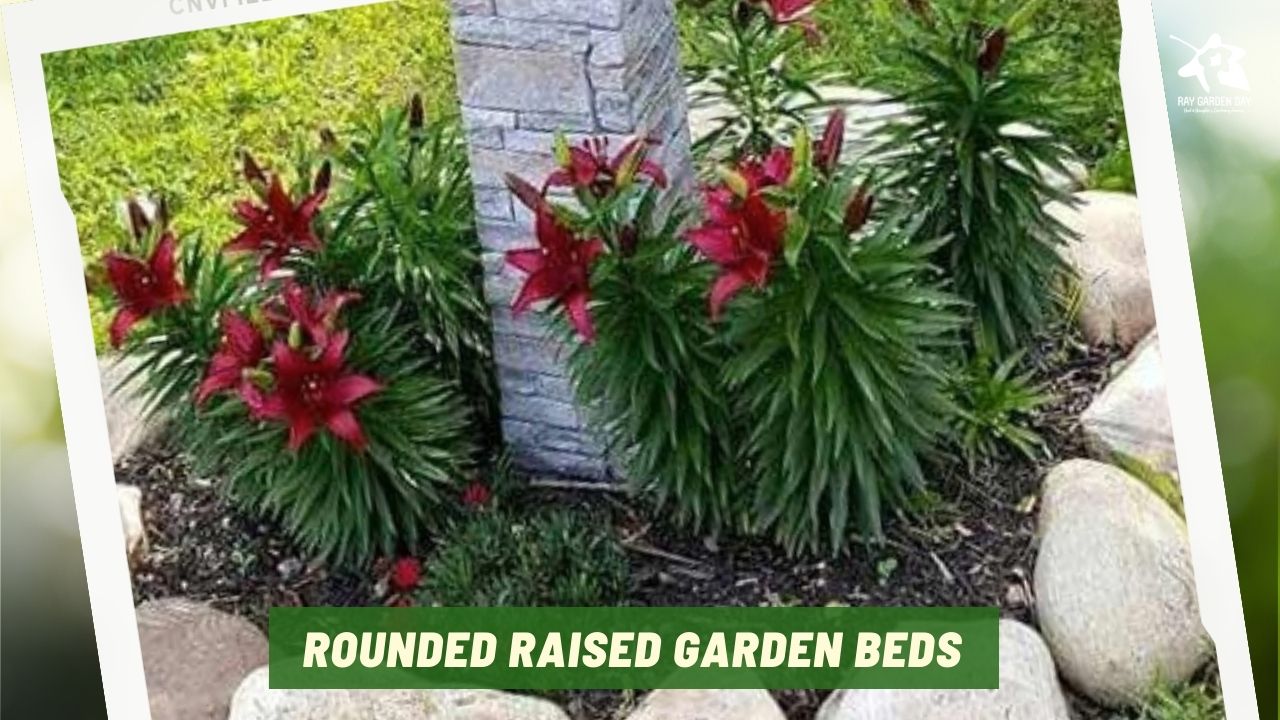 Source: homedesigninspired.com
Source: homedesigninspired.com - Other raised garden bed design ideas.
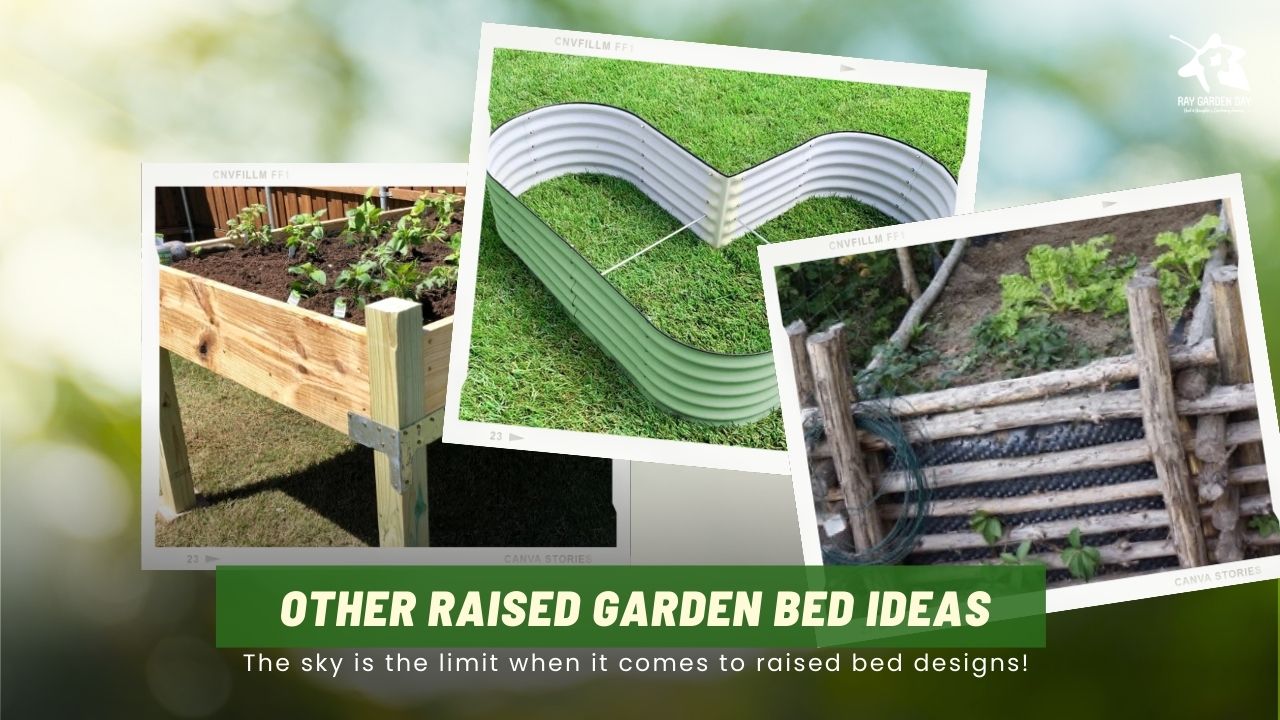
The sky is the limit when it comes to raised bed designs!
Common raised garden bed materials
A raised bed frame can be made out of any material as long as it is sturdy and will last for several years. Some common materials used to build raised garden beds are:
- Wood: Cedar is a popular choice because it is naturally rot-resistant. You can also use treated lumber, but make sure it is labeled safe for gardening use.
- Bricks: This is an excellent option if you want a permanent raised bed. Just make sure the bricks you use are safe for gardening (no chemicals leaching into the soil).
- Concrete blocks: Another permanent option, but make sure they are safe for gardening use.
- Metal: This is not a common material for raised beds, but you can find metal frames for sale. The main downside to using metal is that it can get very hot in the summer, so your plants may suffer.
- Plastic: You can find recycled plastic lumber at most home improvement stores. It is a lower-cost option and will last for a good while.
- Fabric: Fabric raised beds are becoming more popular because they are lightweight and easy to set up. The downside is that they are not as durable as other materials and will need to be replaced more often.
Now that you know what a raised garden bed is, what shape and design you want, and what material you want to use, you can start planning your own raised garden bed! Just remember to choose a spot that gets plenty of sunlight and has good drainage. And most importantly, have fun with it! Gardening should be enjoyable, so don’t worry about making everything perfect. After all, your plants will still grow even if your raised bed isn’t perfectly level! Check out our how to build a raised garden bed guide.
Do you have a raised garden bed? What tips would you add for someone just getting started? Let us know in the comments below! Happy gardening!
Common Raised Garden Bed FAQs:
Why are raised garden beds better?
Effective use of space and longer growing season; raised beds take up less space, warm up more quickly in the spring allowing for a longer growing season and better growing conditions.
How deep should raised beds be?
Six inches for shallow-rooted plants such as spinach, cabbage, broccoli, and kale, while 8 to 12 will allow the roots of your plants to grow deep into the soil, promoting healthier plants.
What do I put on the bottom of a raised garden bed?
A layer of organic materials, including straw, grass clippings, wood chips, and leaves, will help with drainage, so your plants don’t get waterlogged. Cardboard – or any suitable weed barrier material – over this organic layer will help prevent weeds from growing up through the raised bed.
How do I fill a raised garden bed?
Nutrient-rich soil mixture containing native topsoil, compost, and any other amendments of your choice and optimal for your area.
